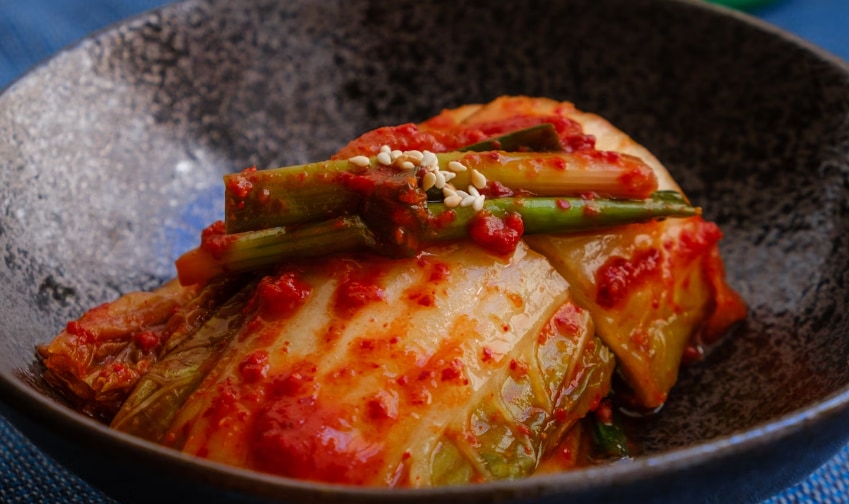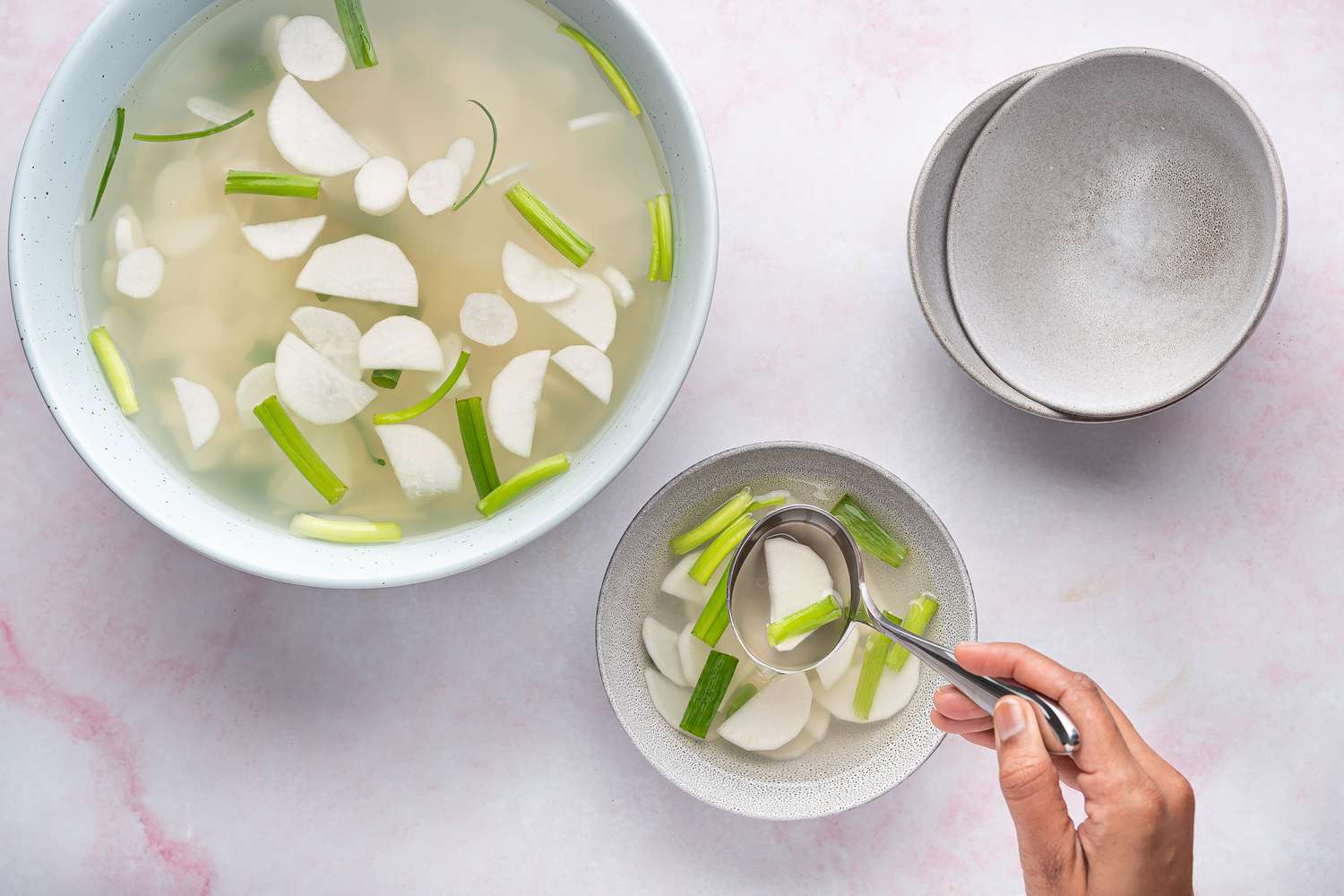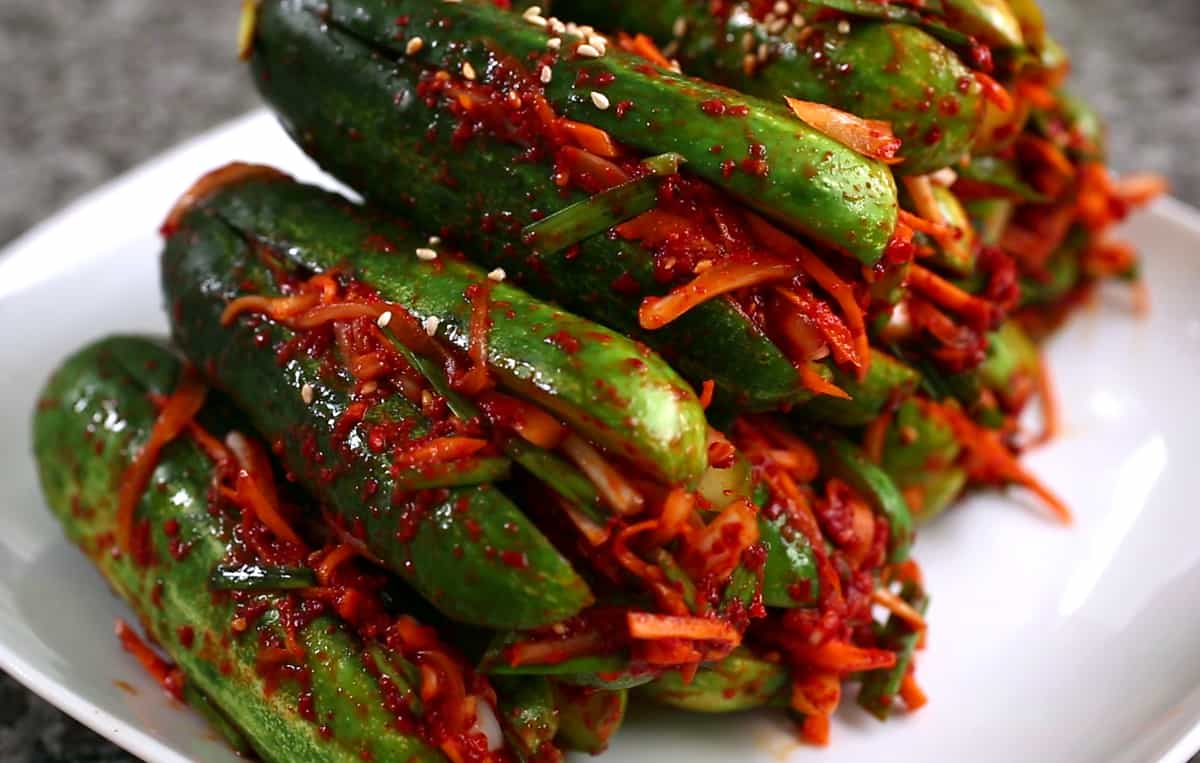South Korea gripped by kimchi food poisoning: Fool proof ways to enjoy the delicacy this monsoon without falling sick
South Korea's Namwon City is grappling with a serious surge in food poisoning, all linked to kimchi. Here's how to avoid falling prey to a seeming epidemic
About a thousand cases and counting of food poisoning have been reported from South Korea's Namwon City. Incidentally, as per a BBC report, this sudden surge has been a result of consuming kimchi, a traditional Korean staple, taken with most meals. The ailment in question has been identified as the highly contagious norovirus, something which can easily be transmitted through contaminated surfaces. If you're wondering how serious the situation is, norovirus has also been dubbed the 'winter vomiting disease' — something which sounds far from pleasant. While a temporary halt has been put on the kimchi producing company's production and distribution of goods in the city, the situation at hand draws attention to the global appeal that kimchi has cultivated for itself in all corners of the world, considering the significant boom of South Korean culture in the mainstream conscience. If you are worried about kimchi potentially getting you sick, considering the monsoon season, here's how to tastefully bypass food borne illnesses.


Swap the cabbage
The foundation for the most quintessential type of kimchi is cabbage. The most popular of the lot is Baechu kimchi with napa cabbage forming the base. Other versions include the Bossam kimchi which uses lettuce leaves and Gat kimchi which uses Korean mustard leaves and stems. While truly mouth watering, these renditions of the Korean delicacy use cruciferous vegetables which no doubt add a complex flavour profile to the whole affair, but are a hot bed for foodborne diseases, especially during monsoon. A very simple hack then, to avoid falling ill, is to simply switch out the cabbage with either radish or cucumber. Also crunchy and strong bases for the fermented condiment, radish and cucumbers are actually a popular pick among traditional takers for kimchi.

Radish kimchi
The possibilities are literally endless when it comes to radish kimchi. You can choose between Baek or white kimchi (which all together skips the gochugaru), Kkakdugi or cubed radish kimchi, Chonggak or ponytail radish kimchi, Nabak or red water kimchi and Dongchimi or radish water kimchi. The easiest recipe of the lot, as per The Spruce Eats, is Dongchimi.

The recipe simply involves chopping up your radishes and letting them sit in some salt and sugar for a day at room temperature. This step is to be followed by adding a warm salt and sugar solution to the radishes in addition to some chopped garlic and spring onions. Following about 2 days of fermentation, your Dongchimi is ready for consumption. Simply store in the fridge in an airtight container for months to come.
Cucumber kimchi
If white kimchi doesn't really give you the spicy kick you tend to turn to the Korean staple for, try your hand at cucumber kimchi or Oi Sobagi. The My Korean Kitchen version of this recipe provides many a swaps which ensures you can walk into your kitchen right this second and whip some of this deliciousness up.

All you need for the base are some fresh and crunchy cucumbers, julienned carrots and chopped spring onions. For your kimchi sauce, you will be needing some spicy gochugaru, minced garlic and ginger, grated apples, honey and fish sauce. Simply let the chopped cucumber sit in salt for a bit before mixing all the ingredients for the kimchi sauce together and massaging it into the cucumbers, carrots and spring onions. Store in an air-tight container and consume within 7 days.
Are you up for tweaking your kimchi this monsoon?




